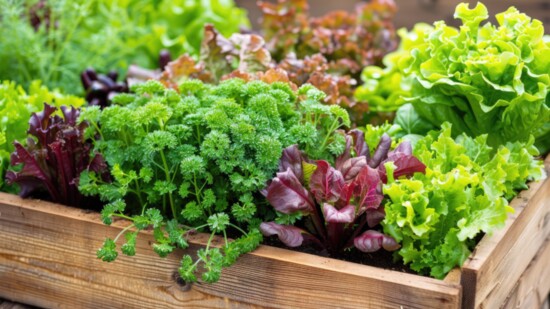Tending to a garden is not only a rewarding physical activity, but it also connects you to the land and the food you eat in a profoundly personal way. From the vibrant colors of freshly picked vegetables to the satisfaction of savoring a meal crafted from your own harvest, gardening offers a unique blend of nourishment for both body and soul. Here are some ideas to start the transformative power of growing your own food and discover how this fulfilling practice can enhance your life in countless ways. Let's begin with edible native plants.
Pawpaw is the Missouri state fruit. It's also known as a custard apple or a wild banana. Some varieties, like the Shenandoah Peterson Pawpaw, produce more flesh and are less seedy than the straight native. Bonus: Pawpaw is the host plant to the Zebra Swallowtail butterfly.
Want to get the kids involved? Kids will delight in eating strawberries, blackberries, and raspberries right off the shrubs. There are excellent everbearing types - which means they bloom and produce berries all summer. A superb strawberry variety is called Gasana. Baby Cakes Blackberry and Raspberry Shortcake Raspberry bushes are thornless, dwarf versions of blackberries and raspberries. These varieties are perfect for containers and taste great, picked right off the branches. Elderberry, Serviceberry, and Chokeberry shrubs have berries that can be used in jams and pies. Traditional fruit trees like apples or peaches are also fun for kids. Hickory or Pecan trees and the American Hazelnut shrub produce edible nuts that are great for snacking or cooking. The American Persimmon tree will produce edible fruits for late fall or early winter. They're super sweet.
For more information about edible gardening, visit sugarcreekgardens.com
Introduction to Edible Gardening.
Start your cool weather vegetables from seed or purchase starts from a nursery. Plants that germinate easily and mature quickly can be directly sown in the garden. They include arugula, spinach, and various types of lettuce. Others like broccoli, cabbage, kale and collards are better started from transplants.
Some cool weather vegetables are frost tolerant and actually taste better after a frost. Members of the cabbage family grow well in cooler temperatures and are frost-tolerant. This family includes cabbage, broccoli, cauliflower, turnips, radishes, kale, chard, and brussels sprouts. Brussel sprouts and kale react to frost by producing sugars, which make these vegetables deliciously sweet. Beets, rutabaga, carrots, and parsnips also sweeten up after a frost.
